The Case of the Missing Magazines
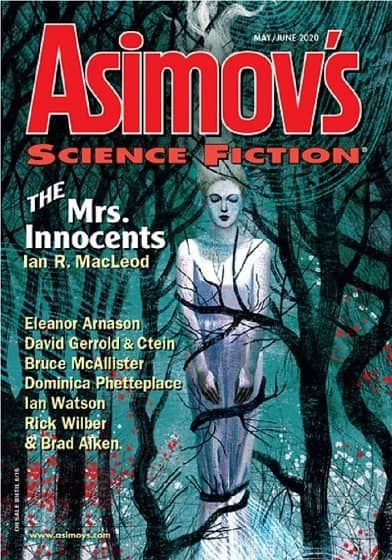 |
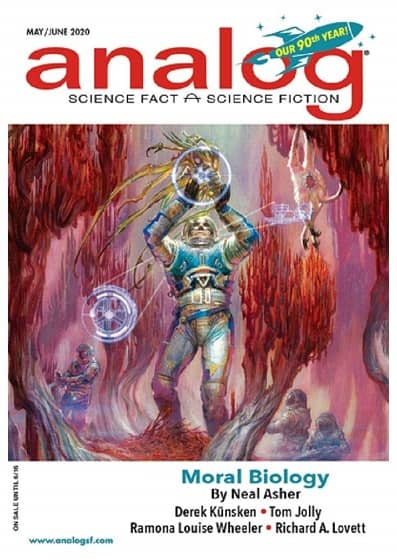 |
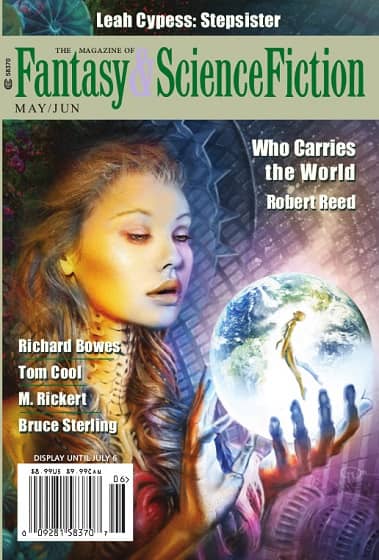 |
Every month for roughly the past 40 years I’ve made a pilgrimage to the nearest newsstand to purchase my favorite fiction magazines. The newsstands have changed over the years, and the mix of magazines has too. But it’s a tradition I’ve come to cherish.
Well, this is a time of broken traditions. All the local bookstores are closed (not that there were many to begin with), and I find myself at a loss. New issues of Asimov’s SF, Analog, and The Magazine of Fantasy and Science Fiction are now available, at least in theory. In practice, I have no way to buy them. And according to their various websites this batch is particularly enticing, packed with new stories by Ian R. MacLeod, Eleanor Arnason, Ian Watson, Bruce McAllister, R. Garcia y Robertson, Dominica Phetteplace, Neal Asher, Derek Kunsken, Richard Bowes, M. Rickert, Bruce Sterling, Robert Reed, and many others. And for the first time in decades, it looks like I’ll miss out.
When I griped about this on Facebook today, there were plenty of sympathetic suggestions. Mark Tiedemann endorsed an independent bookstore that mailed ordered single issues… but it has abruptly stopped carrying magazines. Mark Shainblum suggested digital issues… but I have nearly nine solid decades of print issues of Astounding/Analog, and it sure doesn’t feel right to give up now. Adrian Simmons shared my pain, and suggested he might subscribe, even if sub copies do come with an ugly mailing label. And Darrell Schweitzer shared the hard-won secret of removing those damn mailing labels with a damp cloth.
It was comforting to have so many folks commiserate. And I suppose, in the end, the right thing to do in these tough times is to support the magazines with a subscription. And that’s what I’ll do. If you love — or are curious about — short fiction, I hope you’ll consider doing the same. You can shop for digital and print subscriptions at the Asimov’s SF, Analog, and F&SF websites. Check out the editorial descriptions for each issue below.
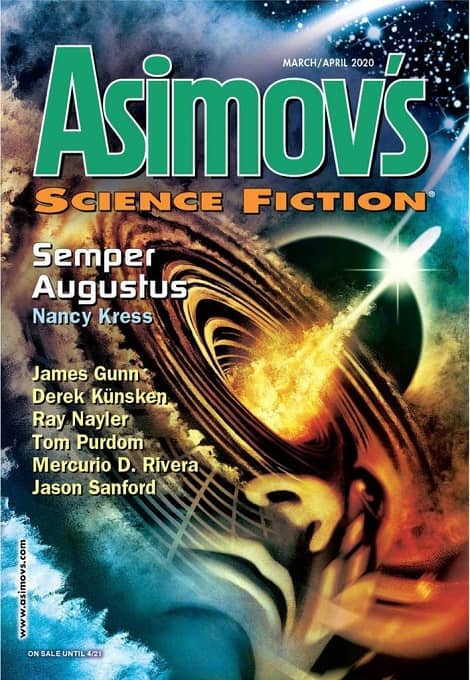
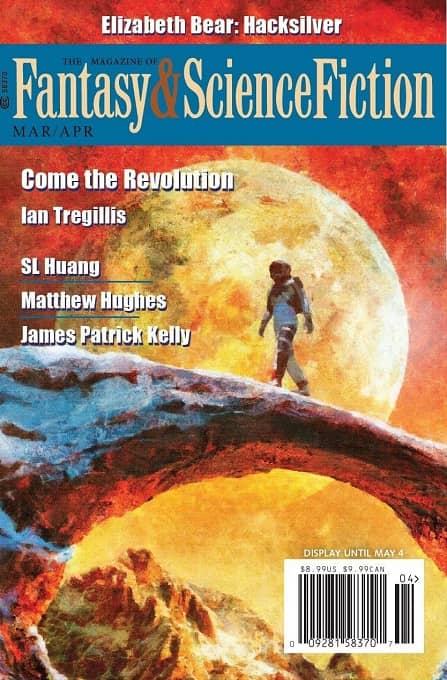
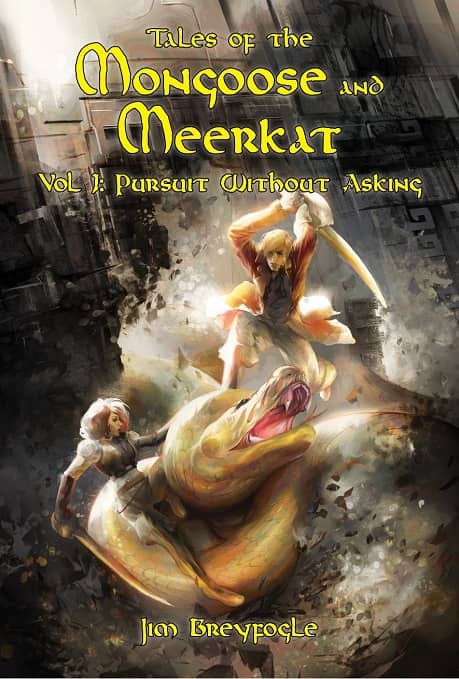
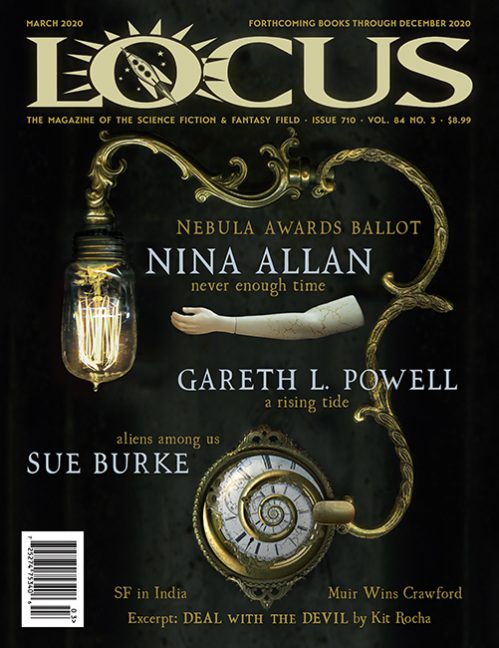

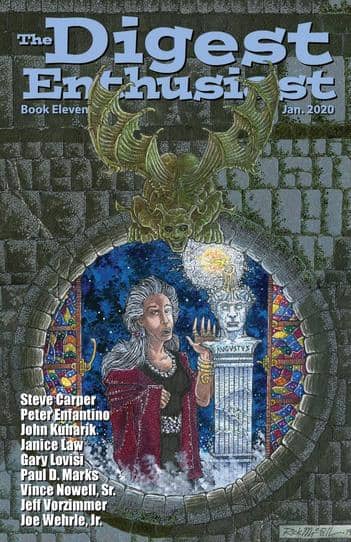
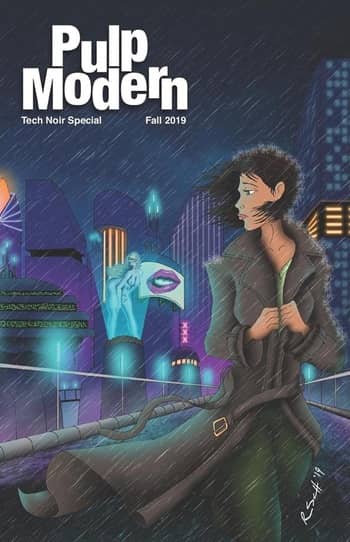
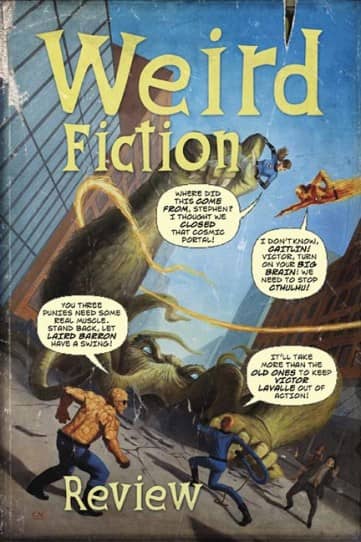
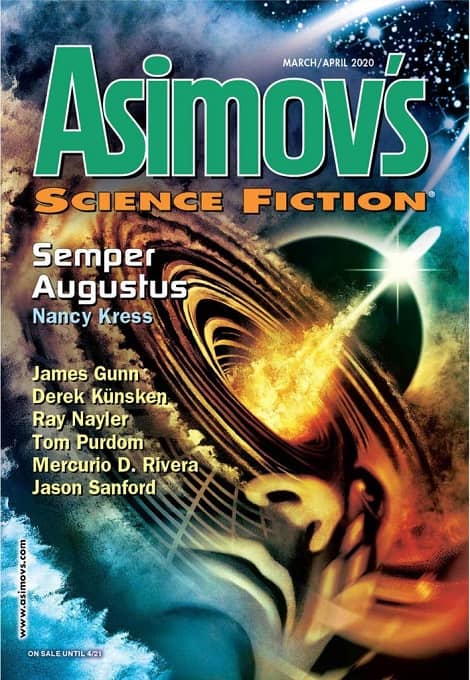
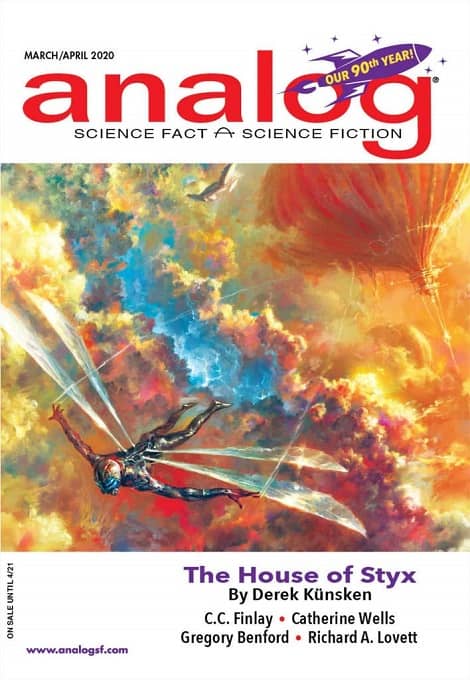

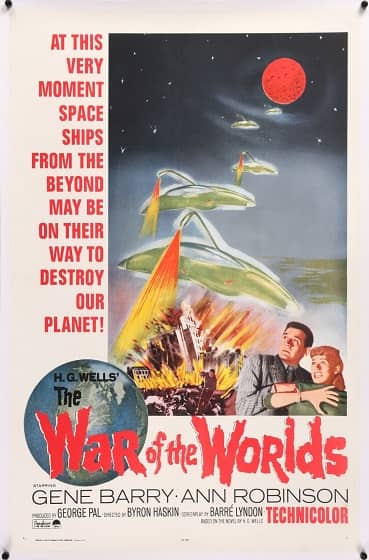
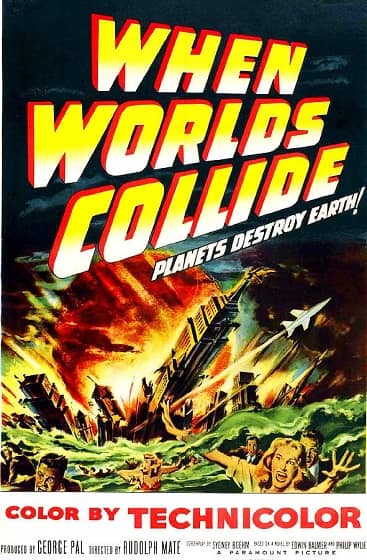
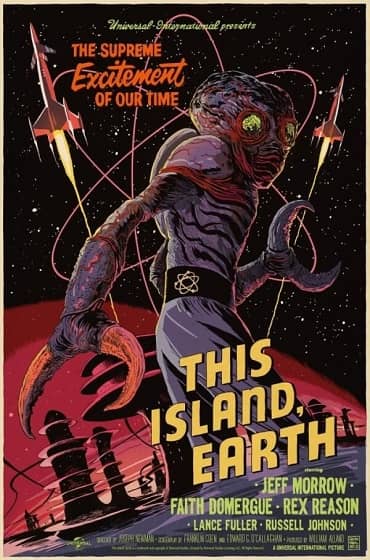

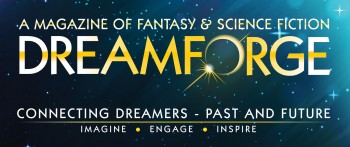 In the second of two interviews supporting
In the second of two interviews supporting